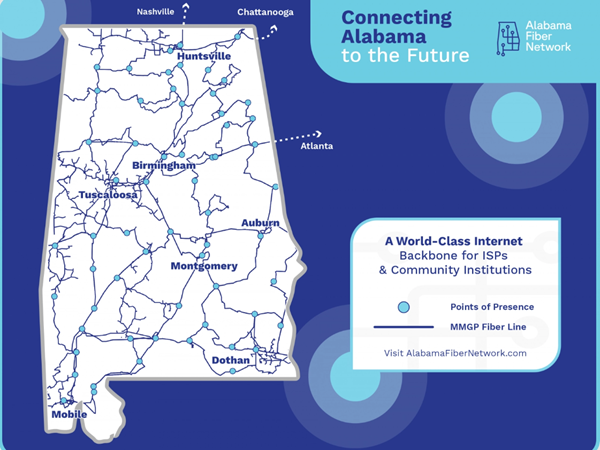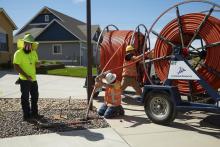New ISP Halo Fiber Leveraging ARPA Grants To Help Bridge Alabama’s Digital Divide
A new provider named Halo Fiber is hoping to leverage hundreds of millions in recent Alabama middle mile broadband network grants to extend affordable fiber broadband to state residents long stuck on the wrong side of the digital divide.
The new provider says it’s not quite ready to reveal full launch details (including target markets, speeds, or pricing), but told ILSR it should enter its first four fiber markets later this year thanks in part to a flood of American Rescue Plan Act (ARPA) funding in the state.
“We will be releasing pricing and target markets early this summer in May or June,” Halo Co-founder and CEO Brian Snider told ILSR. “Speeds are still being finalized as well but they will be symmetrical from 250 up and down to multi gig options.”

Halo says its primary focus will be to partner with public and private entities to build fast and affordable broadband networks, empower access to better education, telehealth, and economic opportunities, and ensure quality customer service in neglected markets.
“Ten years ago, myself and other members of the Halo team worked on an initiative that identified infrastructure gaps across the entire state,” Snider said in additional comments to BamaBuzz.
“We found that was a big gap in middle mile connectivity – especially in Alabama’s Black Belt where there was almost no high speed infrastructure,” he added.
Nearly a fifth of Alabama residents – or just over a million people – lack access to reliable high speed Internet.



